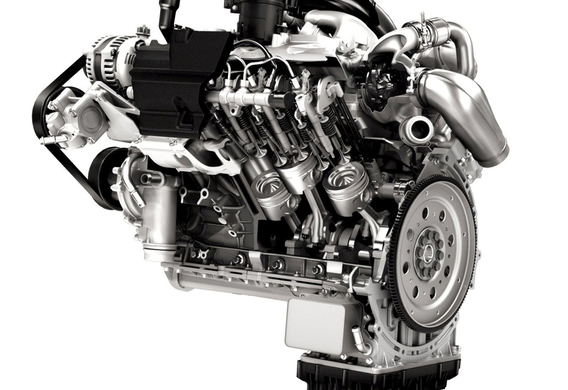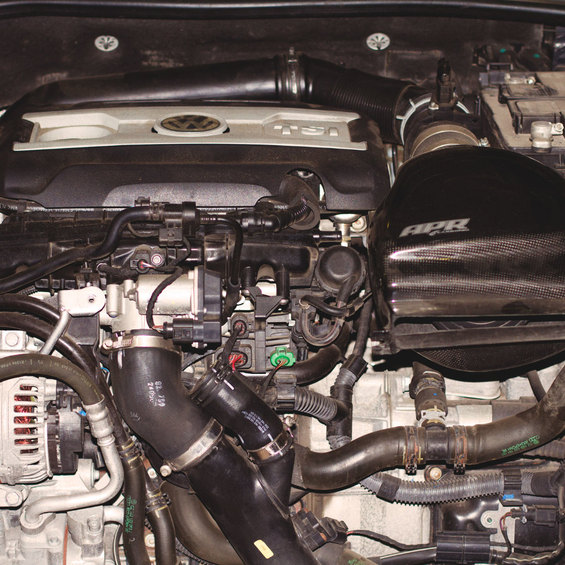
Do you need to warm up the engine? It's not even a question for many. Historically, the vast majority of the car owners consider the engine warm-up to the necessary "ritual" before the start of the movement, especially during the cold time of the year.
But car makers disagree. The operating manuals are often expressly written: the engine does not need to be warmed up.
Who's right? Or is it true somewhere between these allegations?

Why warm it?
When stationary, the oil dries from the engine into the crankcase, only the thin oil film remains on the mobile parts of the engine, which freezines in cold weather. That is why there are serious loads on the engine starting up.
The engine must be warmed up. But it's better not to warm up at all than to do that wrong.
The answer is obvious: we need to heat the engine. But how long? What temperature?
There may be two options:
1. Engine warm-up to the temperature close to the operating temperature (when engine turns are lowered to the engine speed) or to the operating temperature.
2. Engine warm-up for 30-90 seconds.
The preferred choice is the personal choice of the car owner, each of them has advantages and disadvantages.
The advantages of the first option-you can go immediately after the start of the movement, without worrying that the engine may be affected, the car cabin, while it will already be heated so that it will be more comfortable. There are drawbacks: engine idling at idle speed may be uneven and cold parts of the engine start to come into contact with the hot, which can negatively affect engine resource.
There is another peculiarity of full warm-up of the car during parking: the engine and the passenger compartment may warm up, but the transmission will remain cold.
It's not just the engine, but the gearbox.
The start of the standard operating mode can cause damage to the gearbox. This is especially true for automobiles with automatic gearboxes, "robots" and vararators. The same is true for suspension and suspension knots, which will immediately be relatively high.
It is also worth remembering that not every engine is capable of heating up to operating or operating temperature at idle speed. Typically, these are small-scale (including turbo) petrol and diesel engines.
The advantages of the second method are time savings, the steady progression of the engine, and the reduction of environmental damage.
Current trends in motor heating
At present, manufacturers insist that the engine is not needed to warm up. There are several reasons for this position.
First of all, environmental considerations: a working long idling vehicle throws more harmful substances into the atmosphere than the car that started and went straight away. Second, marketing objectives: The manufacturers claim that the engines are so technological and reliable that they simply do not need to be warmed up. And thirtythird, producers are not profitable for the car to serve too long, because the model row is updated, on average, once in 2-3 years.
Automakers continue to claim that modern engines do not need to be warmed up
It is precisely because of this new car models that the engine temperature sensors are either missing or replaced by a lamp that alerts you to start or work on a particular algorithm. Unlike conventional sensors, they have three fixed positions-cold, operating temperature, and overheating. However, they do not provide reliable engine temperature data even if the scale shows degrees.
Some automakers have installed a cold-engine power check on high-pressure and powerful engines. This valve prevents damage to the engine during the cold of the year, forcing the engine to warm up in a quiet mode.
So, warmed or not?
The engine shall be warmed up independently of the manufacturer's recommendations, because all internal combustion engines are subject to the same laws of physics.
At the same time, the fixed car should not be warmed up for a long time, giving a preference to warm up during the quiet movement at low engine speeds.
Warm-up during the movement will allow not only the engine, but also the suspension, transmission and details of the drive, which will have a positive effect on the general resource of the vehicle.







